America’s higher education system has been the envy of the world for decades. Foreign students, over the years, have applied to study at US universities in droves.
Then, after they have gotten an education, the students attempt to land well-paying jobs and may even get a green card (permanent residency) in the United States.
But did you know that foreign students actually subsidise American students? This is because international students pay far higher for their seats compared to locals.
However, Trump’s H-1B crackdown in which America has announced that companies will have to pay $100,000 (Rs 88.72 lakh) for new hires may bring all that to an end.
But what do we know? How does it work?
Let us take a closer look.
How foreign students help the US
There are around 1.1 million foreign students in the United States – around six per cent of the total student population.
Students from 217 nations and one territory came to the US to study last year. International students are a major source of direct revenue for US colleges. This is because they usually pay the full tuition – which allows universities to admit US students at a lower rate and offer scholarships and expand their graduate programmes.
At UC Berkeley, for example, an out-of-state freshman pays nearly $38,000 (Rs 33.71 lakh) more each year than a Californian. At the University of Michigan, that’s a $45,000 (Rs 39.92 lakh) gap – no small feat. These premiums pay for labs, centres, and the discount on in-state seats. Some say one foreign student can pay as much in tuition to an institute as three local students.
“The tuition that’s brought in by international students is incredibly important,” Dick Startz, professor of economics at the University of California, Santa Barbara, told NPR.
But that’s not all.
According to think-tanks and educators’ groups, foreign students – many of whom are Indians – also bring in billions in revenue to the United States every year.
The National Foundation for American Policy (NFAP) says that these students, including 331,600 Indian students, added $44 billion (Rs 39.04 lakh crore) to the US economy during the 2023-2024 school year. Not only that, the NFAP says that the students also supported 378,000 jobs during the academic year.
Nafsa, the Association of International Educators, put that figure that foreign students brought in at $43 billion (Rs 38.15 lakh crore). Nafsa says its analysis shows that three international students in the US create or support one local job. It measured the students’ economic activity at $2 billion (Rs 1.77 lakh crore) last year, a 33 per cent increase from the previous academic year, and said that they supported 8,400 jobs (a 28 per cent increase). These are likely just the direct jobs being created or supported being measured. When it comes to the indirect jobs created or sustained, the numbers could be far higher.
California, New York, Massachusetts, Texas, and Illinois were the states that witnessed the greatest economic activity as a result of the foreign students. Over a dozen states crossed the billion-dollar mark – an increase from nine the previous academic year.
India’s role in this cannot be underestimated. During that same schooling year, India for the first time in over a decade and a half overtook China when it comes to sending the most students to the United States. The number of Indian students in the United States hit a record high of 331,602 in 2023-24 compared to 277,398 from China. The number of Indian students increased 23 per cent from 2022-2023.
Immigrants are also critical to US innovation, particularly in the science and tech sector and when it comes to patents and entrepreneurship.
As per The Importance of Immigrants and International Students to Higher Education in America report, 75 per cent of immigrants who founded US companies that were given venture capital funding came from a US college or university.
“[International students] play an incredibly important role for moving research forward,” Startz added. “These are also the people who are probably most likely to end up staying in the United States, raising their families here, contributing to high tech, often becoming entrepreneurs.”
Trump’s crackdown
The US president’s H-1B crackdown could have a devastating impact on the country’s education system. Fewer international students mean fewer subsidies for local students. Which in turn means higher costs for everyone.
There are reports that US universities could lose as much as $1 billion (Rs 88,720 crore) in revenue if foreign students stay away. Nafsa in a survey said three-fourths of universities expect a 10 per cent decrease in foreign students. That number, if true, could result in around $900 million (Rs 79,848 crore) being lost in tuition revenue. Overall, that figure could be as much as $3 billion (Rs 2.66 lakh crore).
Indian students are doing more than just subsidising college seats. They’re also leading the way for major US companies and creating jobs. Microsoft’s Satya Nadella, IBM’s Arvind Krishna and Alphabet’s Sundar Pichai all came to America on the H-1B visa. These are just a few examples of the Indians that are heading up major US firms.
Ironically, educational institutions in the red areas, the ones that voted for Trump, would likely be most affected by the US president’s moves.
“Losing up to one-third of undergraduate enrolment and almost two-fifths of graduate enrolment would be catastrophic for many colleges and universities, especially those in parts of the United States already experiencing demographic declines,” The Importance of Immigrants and International Students to Higher Education in America report states.
America’s demographic decline is also part of the story. US institutions have enrolled over two million fewer students than they did a decade ago – a 10.7 per cent decrease. It is international students that plug in this important gap. However, the Trump administration has been busy attempting to deport thousands of foreign students and picking fights with elite institutions like Harvard.
What do experts say?
Experts say it is a fallacy that foreign students are taking up seats that would otherwise go to US citizens.
“International students do not crowd out US students and may even increase their numbers,” The Importance of Immigrants and International Students to Higher Education in America report added. “The higher tuition paid by international students can enable public universities to increase their offerings.”
Experts say the US must act to continue to attract foreign students or risk losing its competitive edge, particularly in the fields of science, technology, engineering and mathematics (STEM). America could also risk falling behind China and other rivals in the fields of Artificial Intelligence, 5G, biotechnology, and quantum computing.
“International students’ contributions to the US are significant and multi-faceted, and this year’s record-breaking economic total is the latest proof of that,” Fanta Aw, NAFSA executive director and CEO said. “Yet we cannot be complacent. Meanwhile, competition for the world’s best and brightest is increasing. The United States must adopt more proactive policies to attract and retain global talent. We cannot afford to lose international students’ meaningful positive impact on American students’ global competence, our economies, and our communities, particularly in the areas of STEM-related research and innovation.”
Meanwhile, other countries are making moves to attract top talent. China is set to introduce the K-Visa from October 1, while Germany is conducting a campaign advertising its visa policy for students.
The European Union has launched the “Choose Europe for Science” scheme and earmarked $584 billion (Rs 51.82 lakh crore) for the programme. Ursula von der Leyen, the president of the European Commission, taking a shot at Trump while announcing the initiative said “the role of science in today’s world is questioned.”
“The investment in fundamental, free and open research is questioned. What a gigantic miscalculation,” she added. “Science has no passport, no gender, no ethnicity or political party.”
Data already show that the US in recent decades has lost a fifth of its international student market share to Canada, the UK and Australia. Canada in 2023 hit the 1 million foreign students mark. China is already making a mark on the tech industry with its DeepSeek AI which shook up Wall Street after showing it was put together for a fraction of the cost of models from other big AI firms.
Will the White House heed the pleas of educators, experts and teachers’ groups? Or will these alternate destinations continue to gain popularity? That remains to be seen.
With inputs from agencies


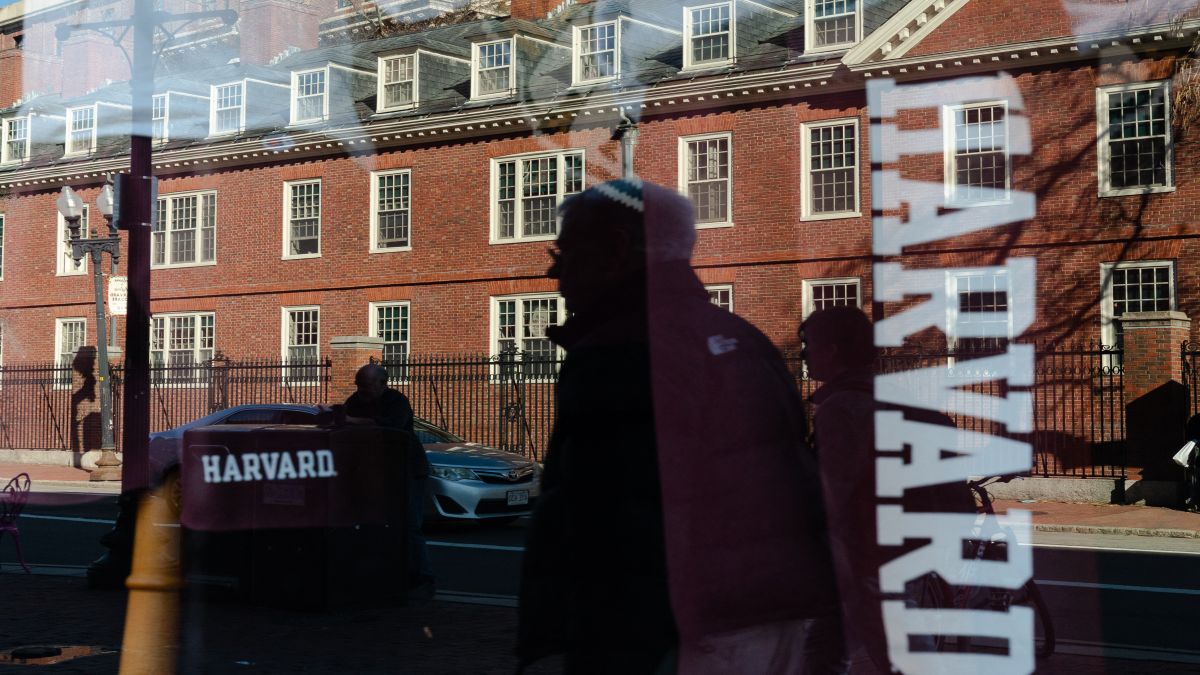)

)
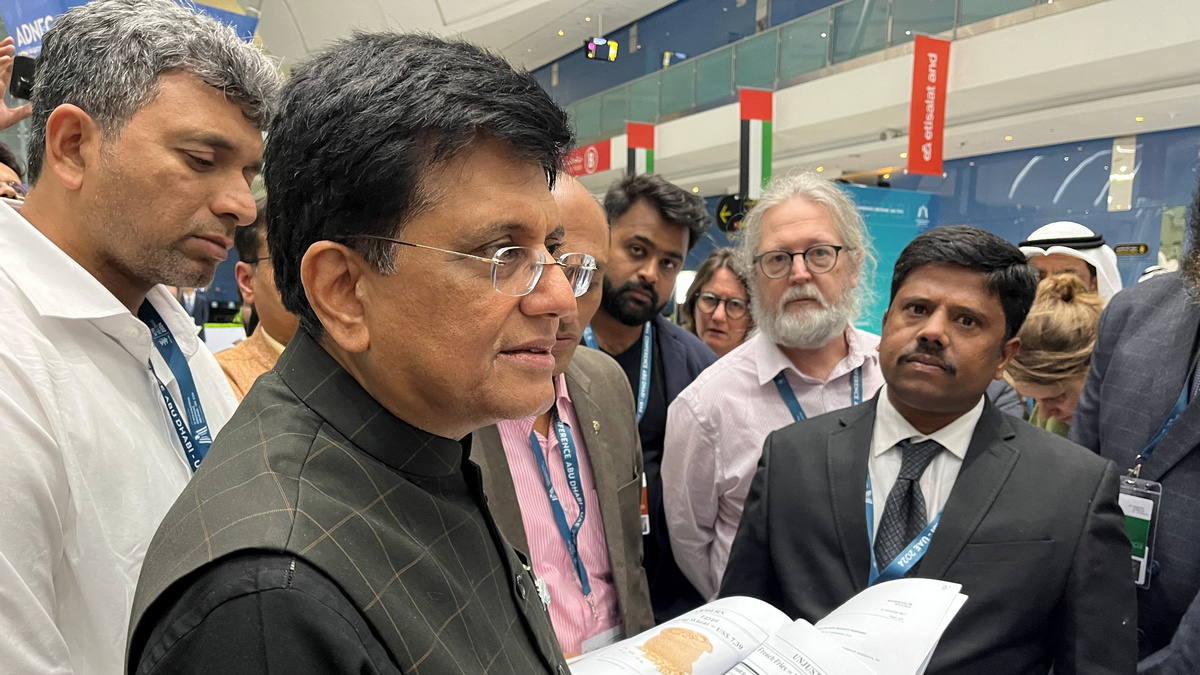)
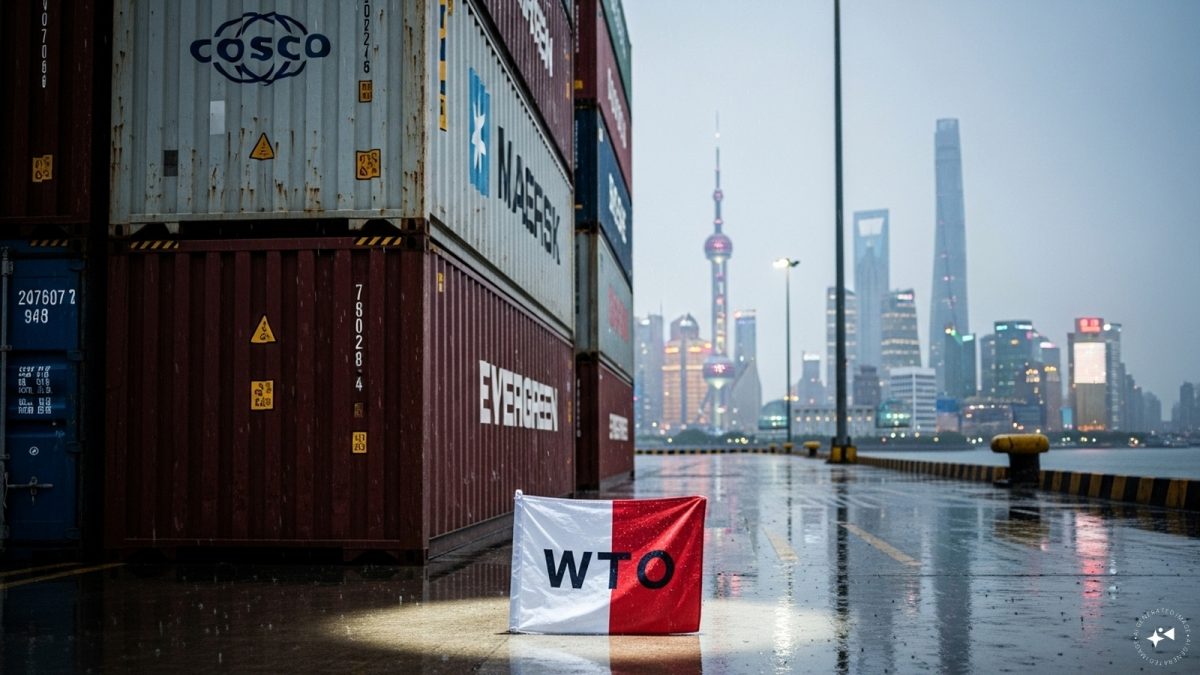)
)
)
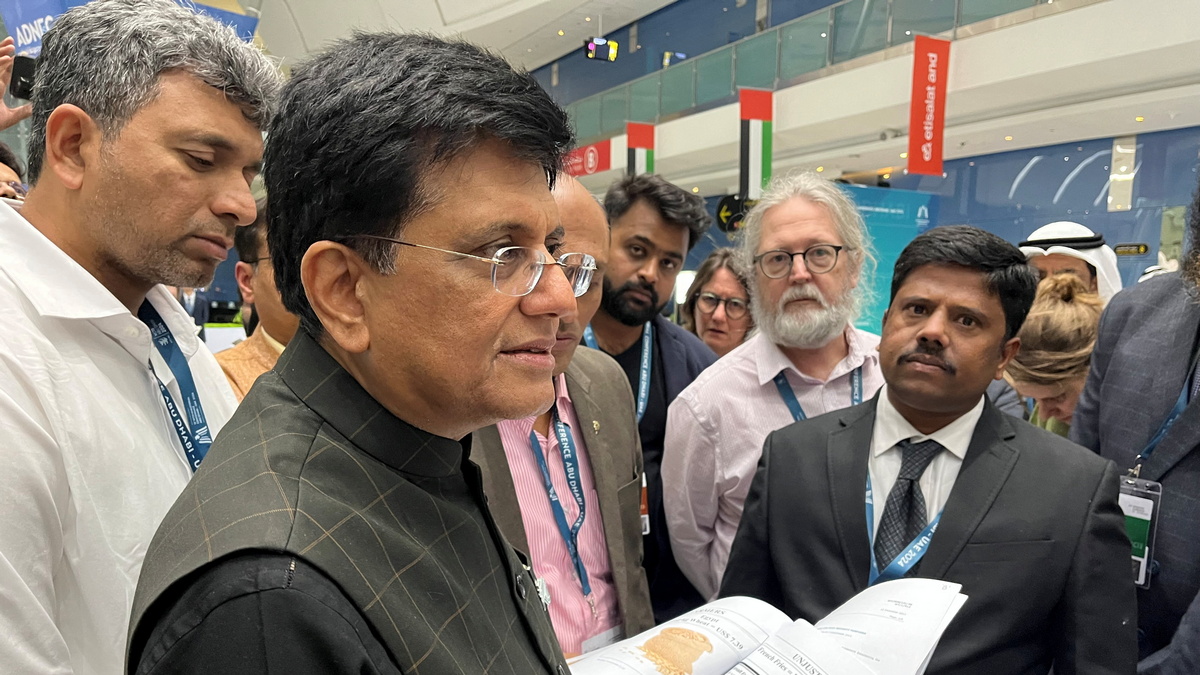)
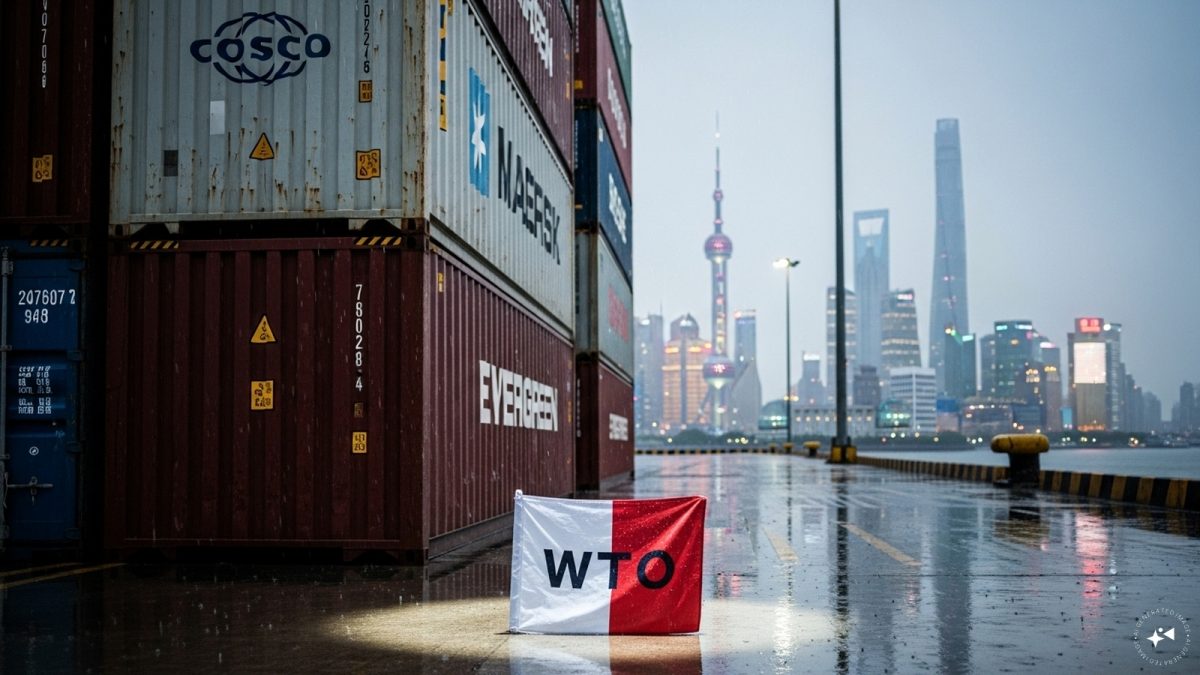)
)



